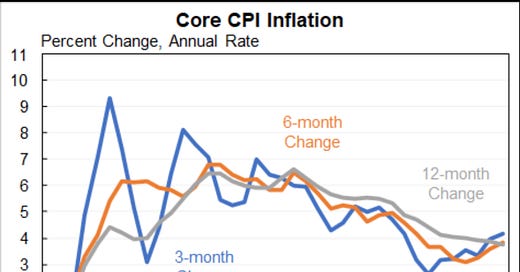Today, as we dive into the latest Consumer Price Index (CPI) inflation data, we're faced with a sobering reality that demands our immediate attention and unified action. Beyond the surface of the rep…
Keep reading with a 7-day free trial
Subscribe to The Coastal Journal to keep reading this post and get 7 days of free access to the full post archives.



